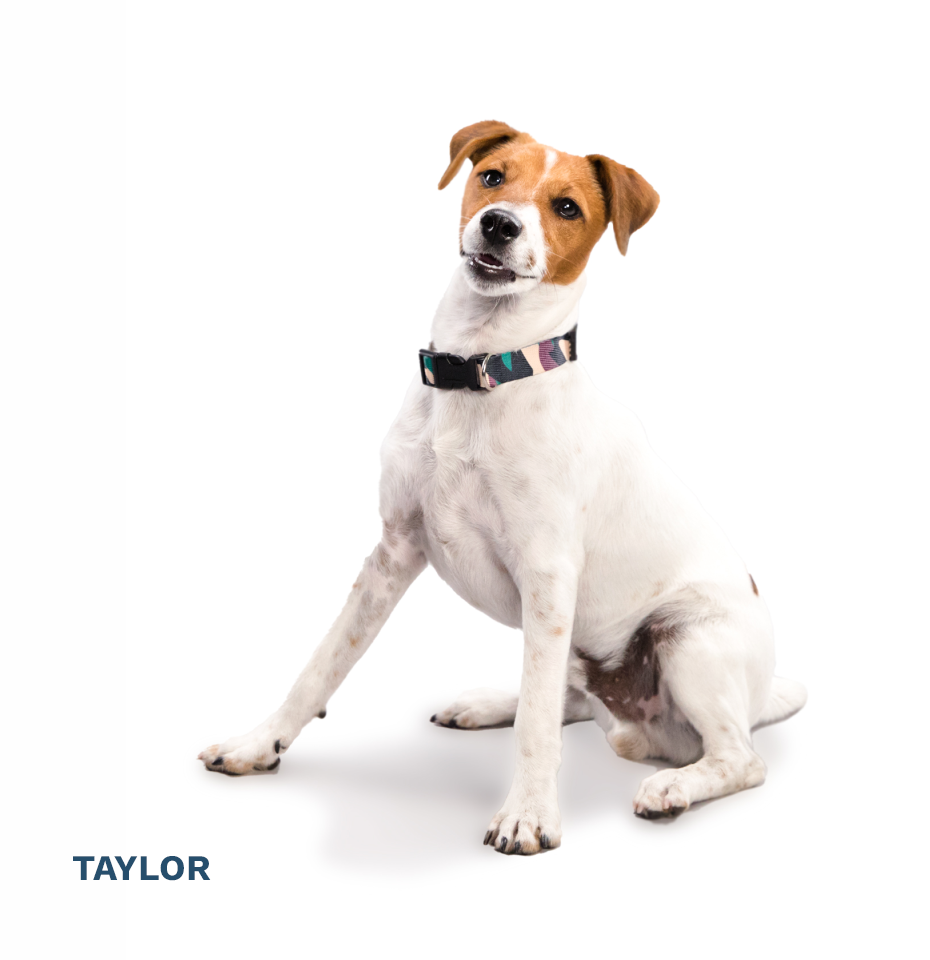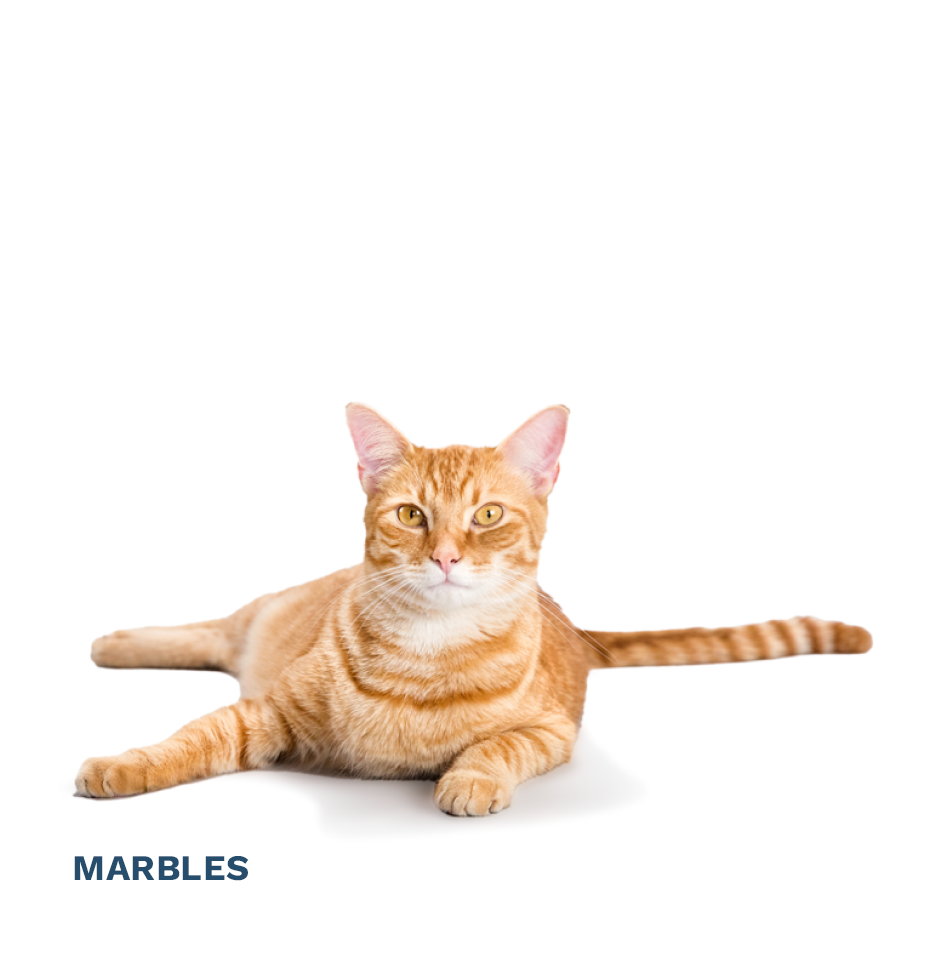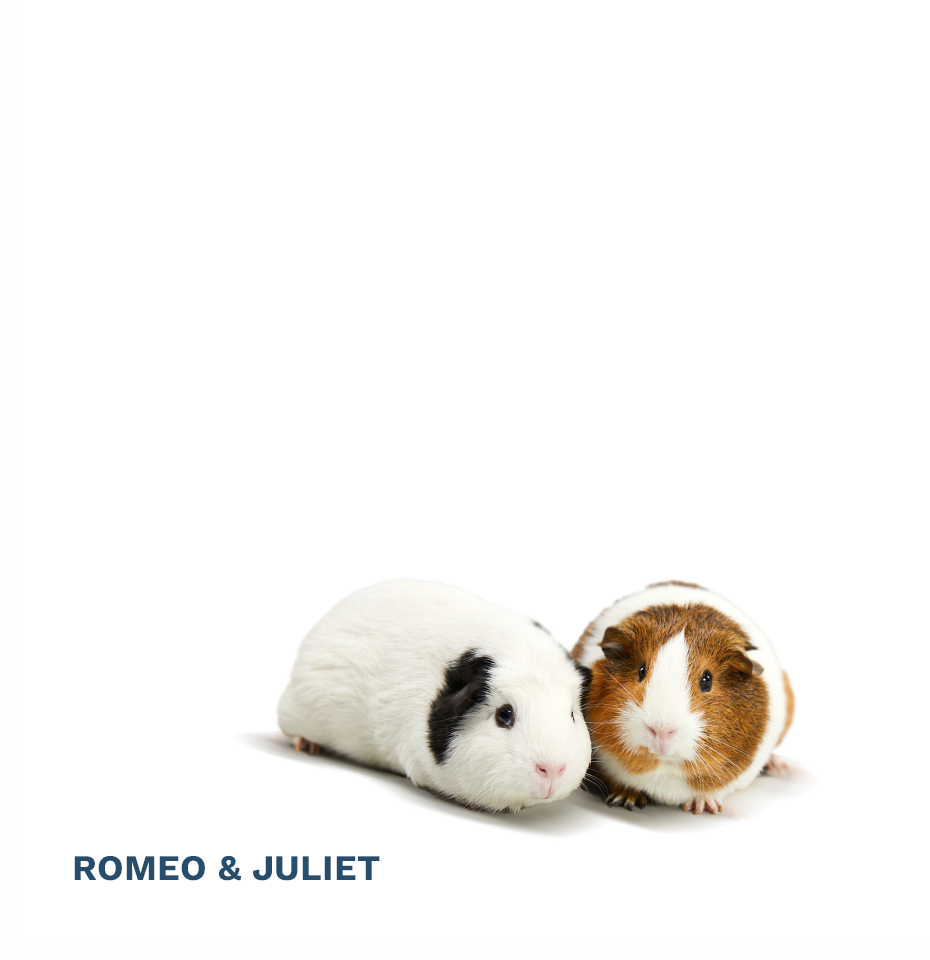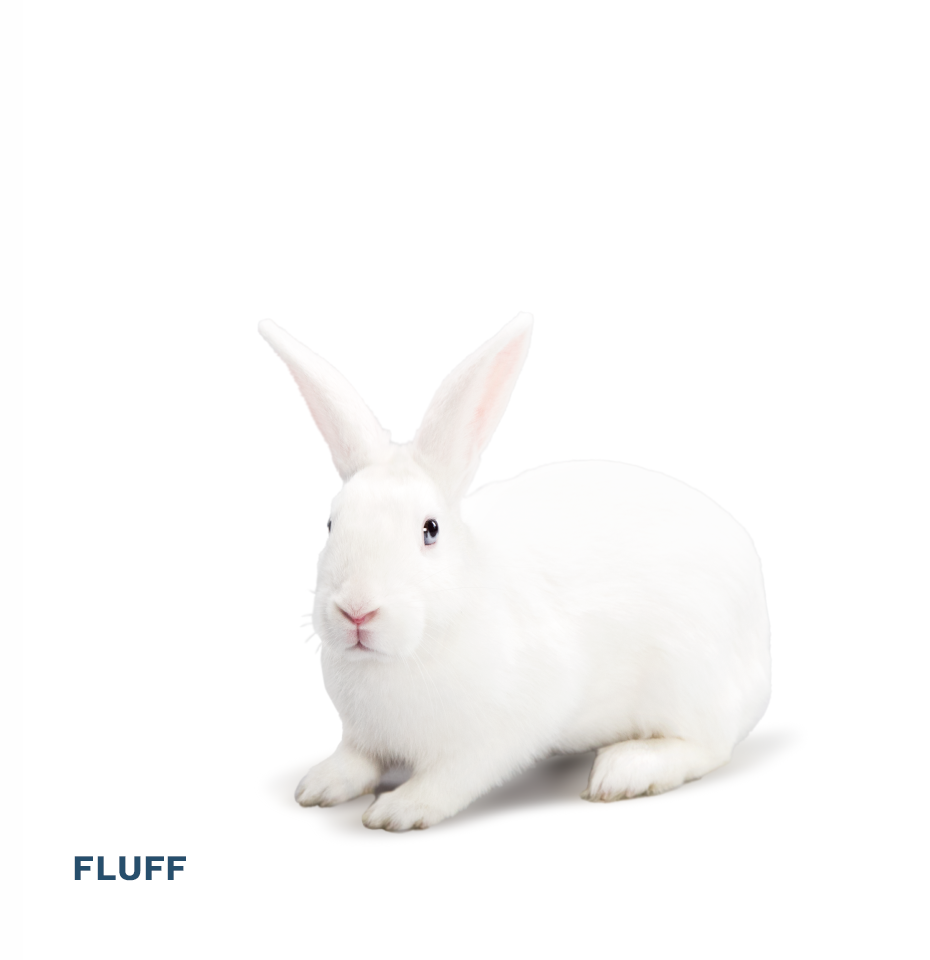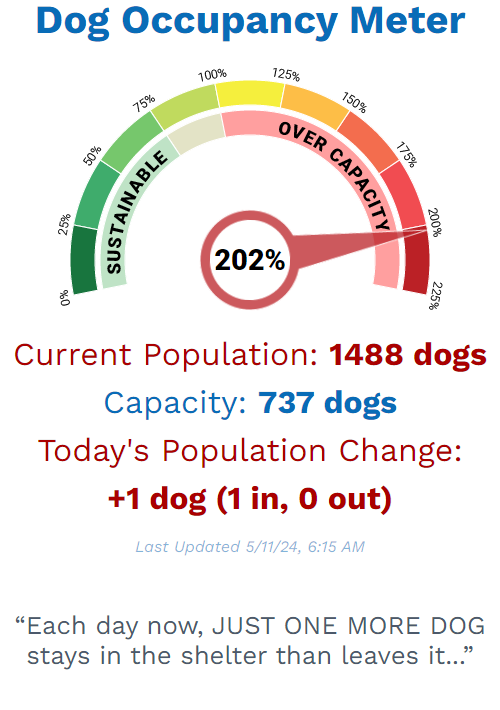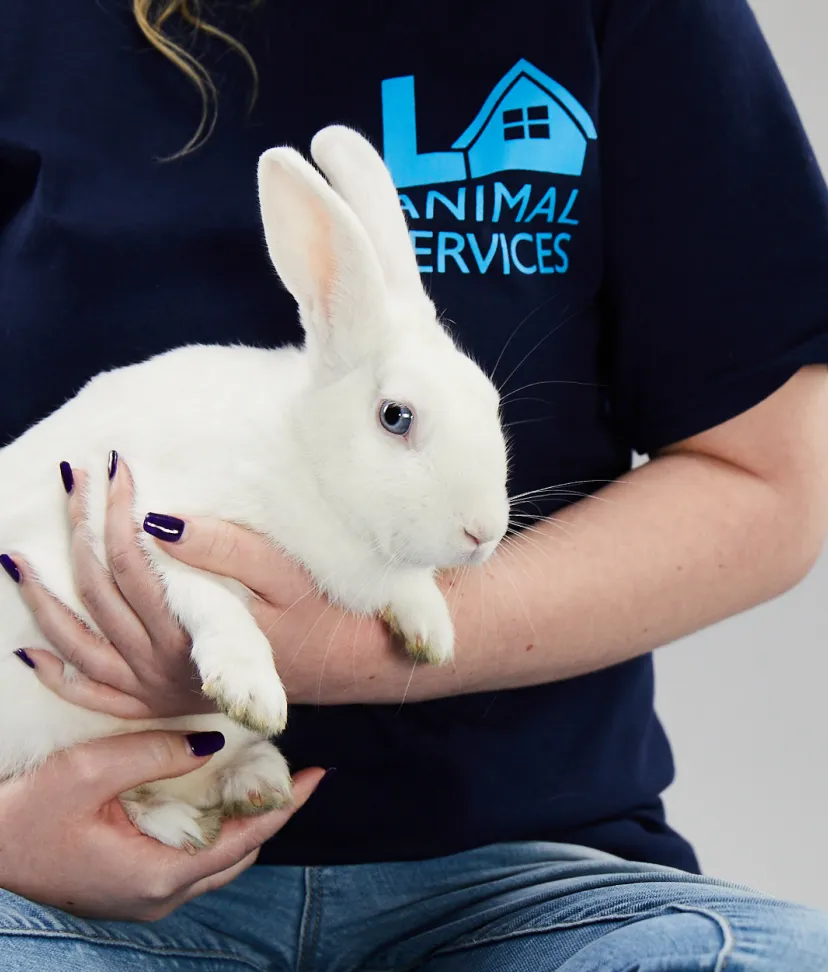
All About Rabbits
Before You Adopt...
LA Animal Services shelters have lovable rabbits available for adoption. With Easter around the corner, we would like to remind you that bunny rabbits should not be given as impulse gifts because like other furry family members who join a new family, rabbits also require love, care, and attention.
Rabbits make wonderful animal companions -- they are not 'low-maintenance' pets but are intelligent, affectionate, and social animals that can be litter box trained, and a healthy indoor rabbit can be your faithful companion for up to 10 years or more.
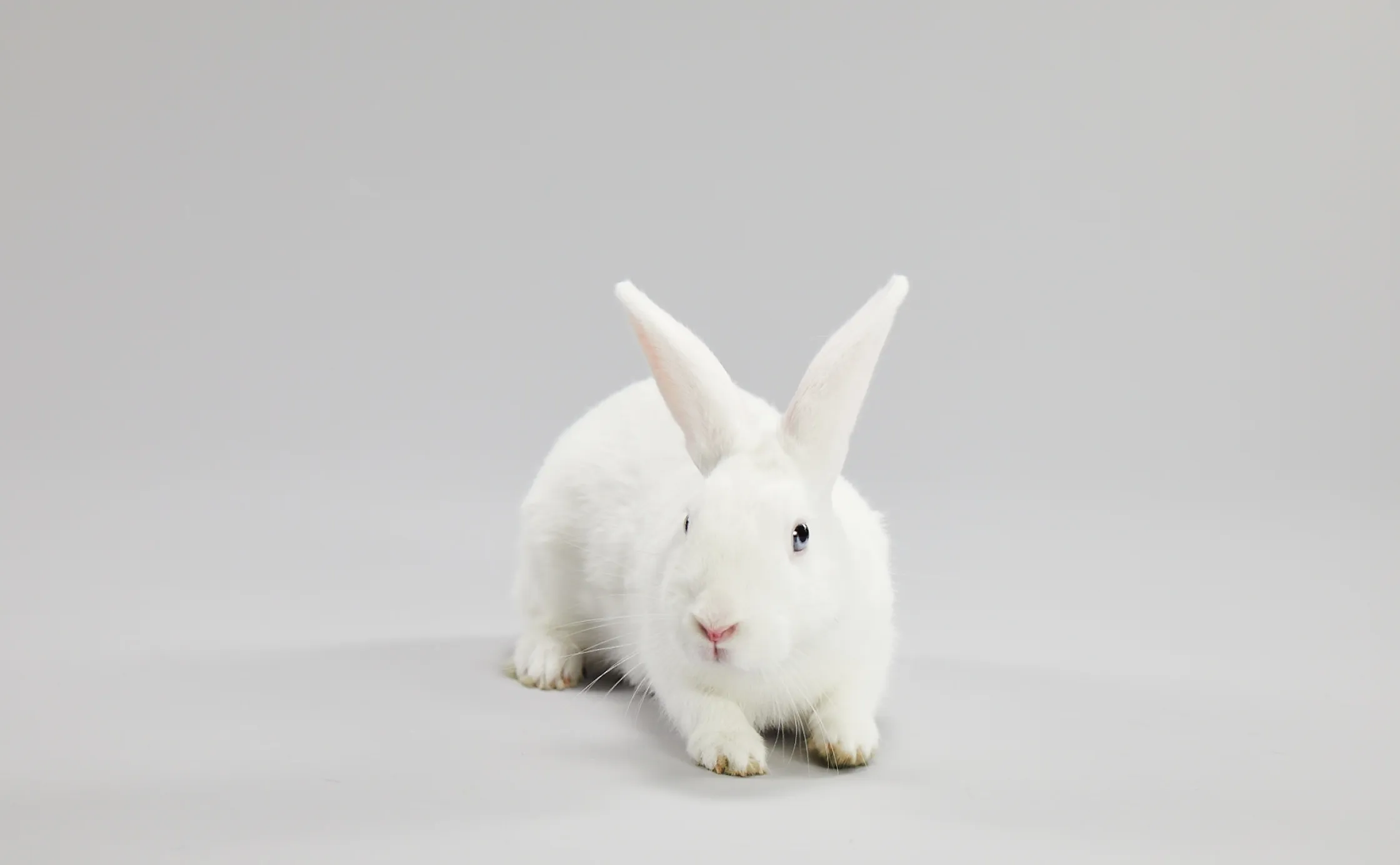
Ready to welcome a floppy-eared friend into your home? Learn what to expect when adopting and some helpful rabbit care requirements including what you need to ensure a safe and happy environment, dietary recommendations, veterinary care, and more.
More About Rabbit Care
Rabbits are often known affectionately by the pet name bunny or bunny rabbit, especially when referring to young, domesticated rabbits. A healthy indoor pet rabbit can live up to 10 years and longer. They enjoy throwing around toys and chewing on cardboard. In some home environments, they can develop an affinity with cats and even dogs. Though they are often caged in small areas, they can be trained to live as free-roaming pets, similar to cats and dogs. As pet rabbit medicine, diet and living environment improves, the rabbit’s life span increases.
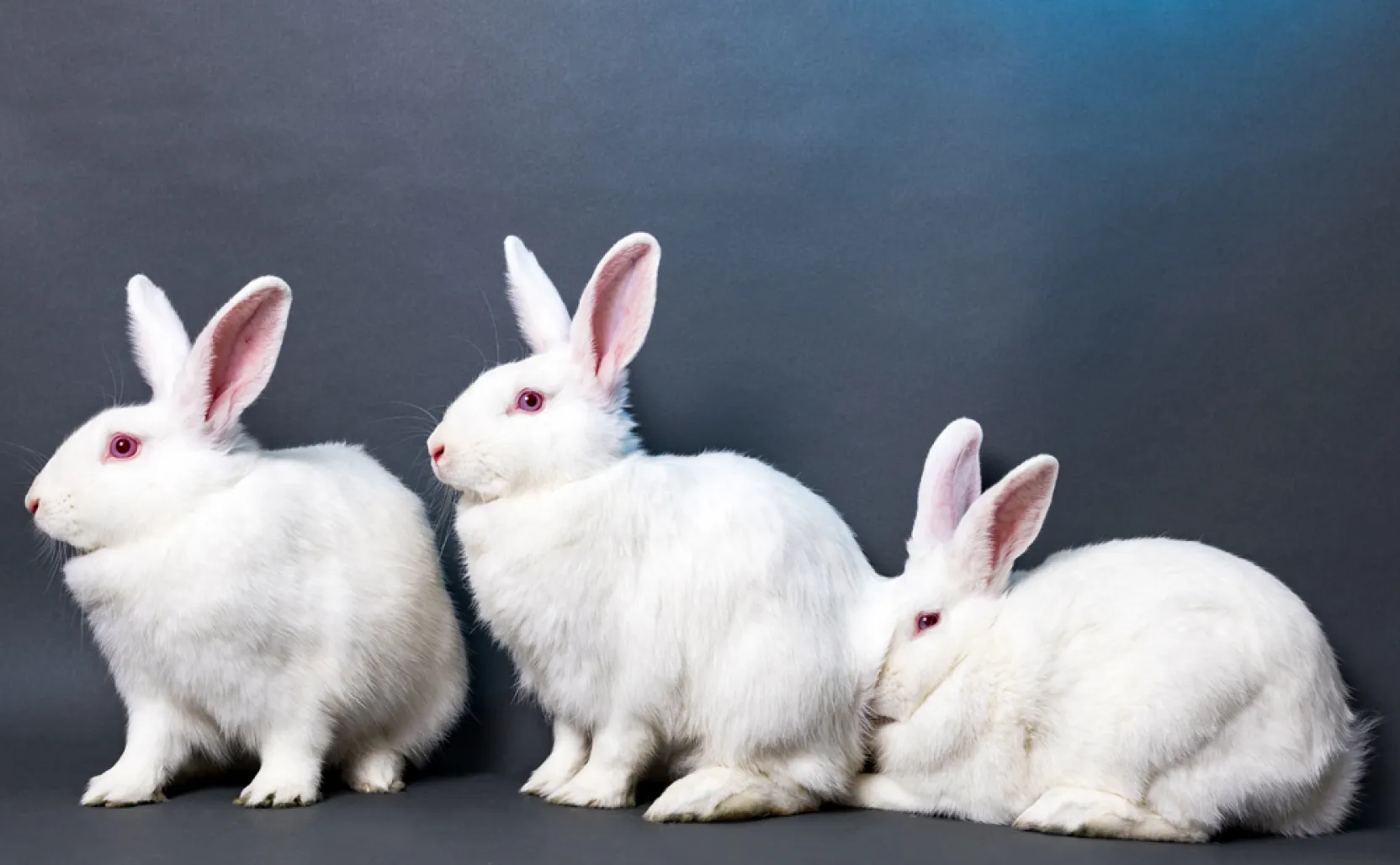
- Exercise pen, baby gate/pen or predator-proof housing
- Hard plastic carrier for emergencies, trips to the vet
- Heavy crocks for food and water
- Wooden box or cardboard house to play and hide in
- Hamster brush, kitten flea comb, nail trimmers
- First aid kit (consult with a rabbit-savvy veterinarian
- Hay (from a feed or pet store), veggies, pellets
- Bulk white vinegar to clean the litter box
- Toys (from a rabbit supply company)
- Hand broom and dustpan; dust vacuum
Most rabbits can be litter-trained and allowed supervised freedom in the house. Start with a large cat litter box; put newspaper and/or rabbit-safe litter on the bottom and cover it with lots of fresh timothy or oat hay. Since a rabbit usually urinates in one corner of his space, this is where you place the litter box. Once the bunny uses the box reliably, you can let him out into a larger area, putting out a second box. Keep bunny confined to a 4′ x 4′ space until he is very good with his box.
Handle with care! Rabbits have fragile skeletons and can be seriously injured if dropped or allowed to fall. When picked up, a scared rabbit may kick out with her powerful hind legs and fall to the floor, breaking her back. A child struggling to hold a wiggly bunny could be badly scratched or bitten and the rabbit injured. For this reason and others, children should always be supervised with rabbits. Also, because rabbits are prey animals, they would rather not be picked up, but prefer that you meet them at their level and pet them on the floor. To pick up a rabbit correctly, place one hand under the rabbit behind the front legs and the other hand just above the bunny’s tail. Hug the rabbit against your body firmly but gently.
NEVER pick up a rabbit by the ears-this is very painful and can cause permanent injury.
Never chase your rabbit, use force or yell-that will only teach her to fear you. Always be sensitive and gentle with your rabbit!
Your rabbit’s diet should include lots of fresh hay (timothy or oat for adults; alfalfa hay for babies), plain commercial rabbit pellets (no nuts, seeds, etc.) and fresh, washed vegetables and leafy greens. Romaine lettuce, carrot tops, dandelions, parsley, radish leaves, broccoli leaves, and cilantro are all good. Treats include small slices of apple, pear or other fruit, or pieces of carrot. Do not feed human treats like crackers and cookies. Fresh water should be available at all times in a bowl or a water bottle. Please note: Rabbit digestion is very sensitive, so you must introduce new foods gradually. Young rabbits age 3 months and under should only be fed hay, rabbit pellets, and water, and NO FRUIT.
If your bunny lives in a pen while you are at work, she will need “run time” several hours each day out of the pen, in a bunny-proofed room or hallway. Rabbits do not require outdoor exercise; if allowed outdoors, your rabbit must be in a predator-safe enclosure covered on all sides, and in the shade. Hutched bunnies also need supervised exercise time.
Rabbits are herd animals and like to have friends of the same species. If you’re away all day at work, consider getting your rabbit a bunny friend for companionship. Neutered boy-girl pairs get along best, although neutered littermates of the same gender often stay friends. Bunny matchmaking can be dangerous, so always consult with a rabbit rescue group for tips on bonding, before you put one rabbit into another rabbit’s territory.
Trim rabbit nails, front and back, every six to eight weeks. Comb your bunny gently with a fine-toothed flea comb about once a week – more if he is shedding, to prevent fur balls. Rabbits cannot cough up fur balls like a cat. If your bunny gets fleas, carefully groom with flea comb, dipping it in soapy water as needed. “Advantage” (but not necessarily other, similar products) has been used on rabbits with success; follow directions and keep bunnies separate until completely absorbed. NEVER use a flea dip or a flea collar-these are toxic to rabbits. Rabbits are clean animals and should generally not be bathed. Rough fur, “dandruff,” or loss of fur can mean fur mites or ringworm – see your vet, as these conditions can easily be treated with medication.
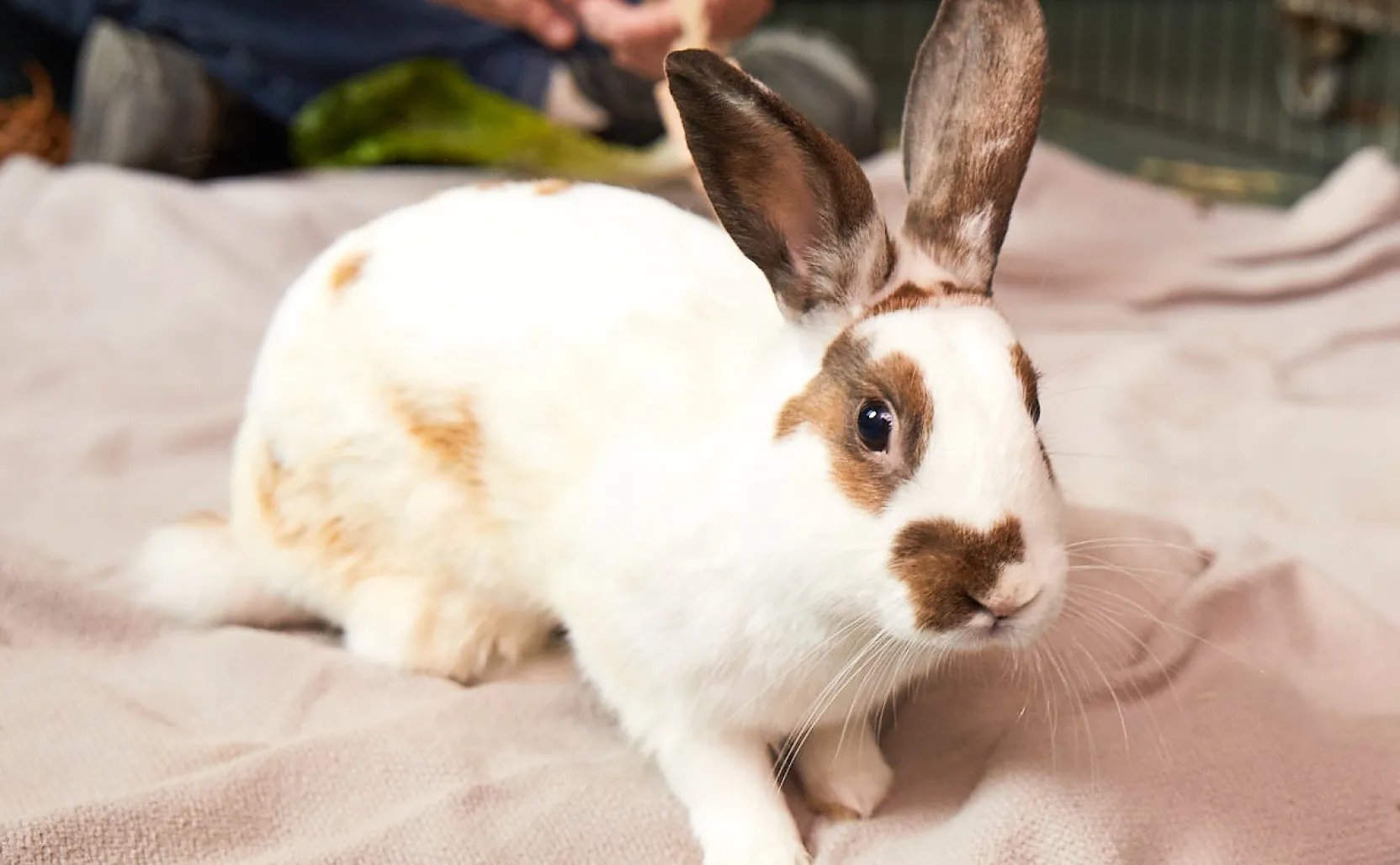
Proper care of your rabbit means a long and happy life. Finding a veterinarian who specializes in rabbits and knows how to treat them can be difficult. Consult a rabbit volunteer or go to www.rabbit.org for a referral.
One highly contagious and deadly rabbit disease is RHDV2. The best way to protect your rabbits from RHDV2 is through a combination of vaccination, indoor housing, and biosecurity measures.
Neutering not only helps curb overpopulation of domestic rabbits, it dramatically decreases the chance of reproductive cancers, makes litter box training easier, and reduces chewing and territorial behavior, such as spraying. Never put un-neutered rabbits together: adult males will fight; adult females will fight. One of each will lead to an unwanted pregnancy.
Shelter rabbits that are not already neutered should be neutered IMMEDIATELY. See our Spay & Neuter page for more information on Los Angeles area veterinarians who offer relatively safe, low-cost procedures.
Rabbits don’t show illness like cats and dogs, so any perceived problem should be treated as an emergency. One skipped meal could mean your rabbit is in grave danger. Rush your rabbit to the vet if you see:
- lack of appetite;
- diarrhea;
- few or no fecal pellets;
- listlessness;
- crusty ears;
- overgrown teeth;
- mucus around the eyes or nose;
- urine-soaked fur or straining to urinate;
- lump or swellings; head tilt;
- or any sudden behavior change.
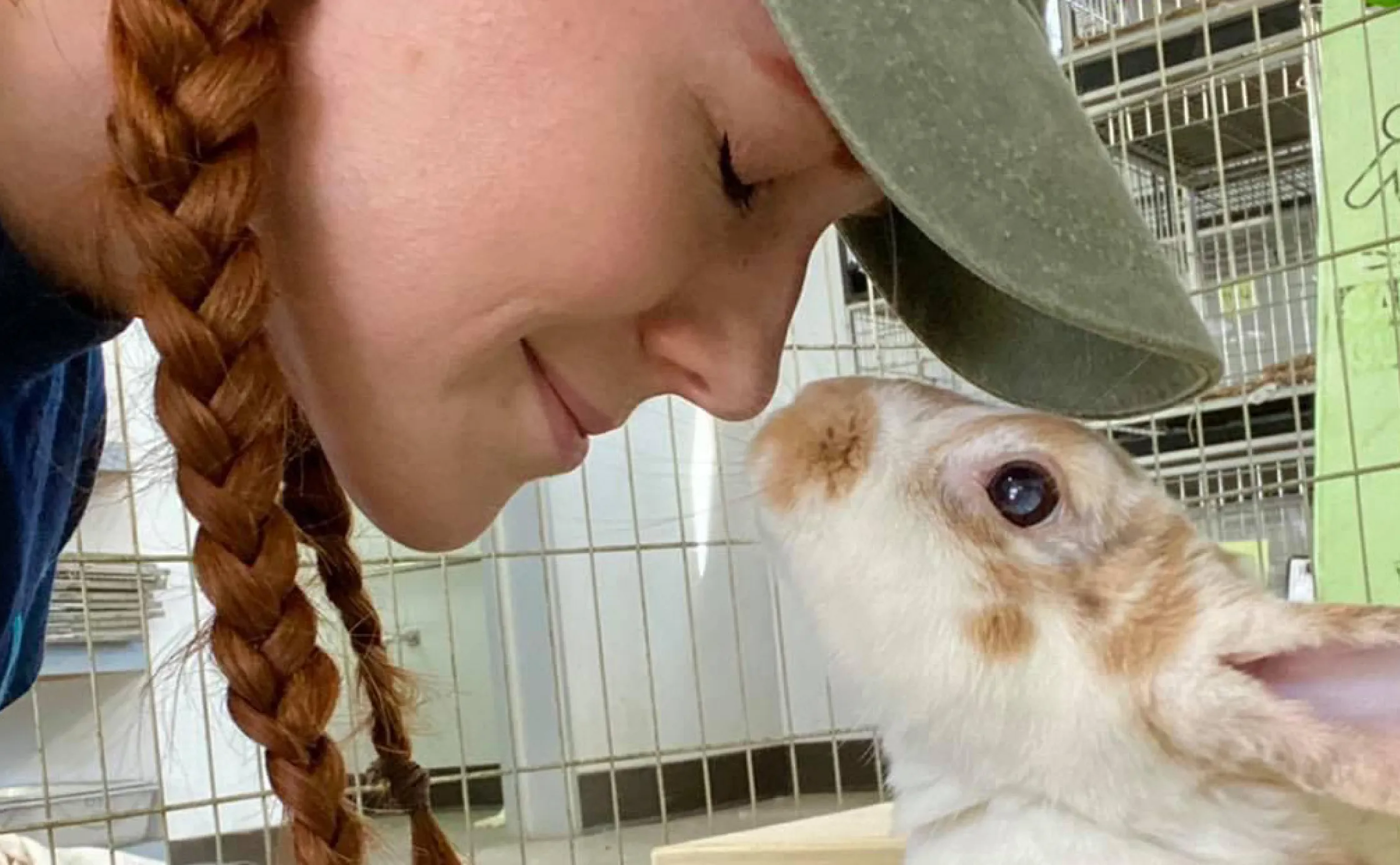
There is more than one approach to housing your rabbit. But regardless, rabbits do not tolerate heat, dampness, or drafts.
Your rabbit should be in a quiet, safe location close enough to human activity so she doesn’t become lonely. Additionally, there needs to be room for your rabbit to move around, and space for food, water, a litter box and toys.
Here are other considerations for creating a happy rabbit home.
Secure puppy or rabbit pens 30-36″ tall are best for indoor “starter” housing. If bunny jumps out, you can clip a sheet across the top of the pen for a couple of weeks until she establishes boundaries. You can put linoleum or plastic chair mats over your carpet or flooring during “potty training” and to prevent bunny from chewing or digging the carpet. If you must cage your bunny, the cage should measure a minimum of 2′ x 4′ per rabbit, and the rabbit must get daily exercise time. The cage should allow adequate ventilation (no aquariums!). Rabbits need a solid surface, such as a board, in part of their enclosure to prevent foot sores and discomfort from standing or resting on wire mesh. Caged rabbits should have a nest box for hiding.
Cover phone and electrical cords in plastic tubing (consult a hardware store). Don’t let rabbits chew rugs or carpets; they can ingest fibers. Keep the floor clear of anything that can harm your bunny, including but not limited to: houseplants, candles, staples, and children’s toys. Young bunnies usually want to chew, dig, and get into trouble. The good news: once your bunny is past adolescence, she will calm down.
Outdoor housing…is not recommended. Rabbits are prone to heat stroke (anything over 85 degrees is life-threatening) and can be killed by raccoons, hawks, dogs, feral cats, fly strike and other predators. Rabbits are great escape artists: they can burrow under backyard fences or squeeze out of very small openings, never to be seen again. If your rabbit must live outdoors in a large hutch or condo be sure he is off the ground, sheltered, and in the shade. Hutches should be a minimum of 2′ x 4′ per rabbit, and securely fastened with locks at the door and roof to protect bunnies against raccoon attacks. Outdoor housing must be enclosed on all sides-no open tops or dirt floors!
Never expect a dog, cat, or other animal to behave well around a rabbit. Gentle, indoor cats usually work out a good relationship with rabbits, but the introduction must be slow and supervised. Dogs must be quiet, obedience-trained, and well behaved for them to have a safe relationship with a rabbit. Most dogs cannot be left alone with a rabbit. The mere sight of a ferret or snake can cause a rabbit to have a heart attack. Always carefully supervise and protect your rabbit from other animals!

